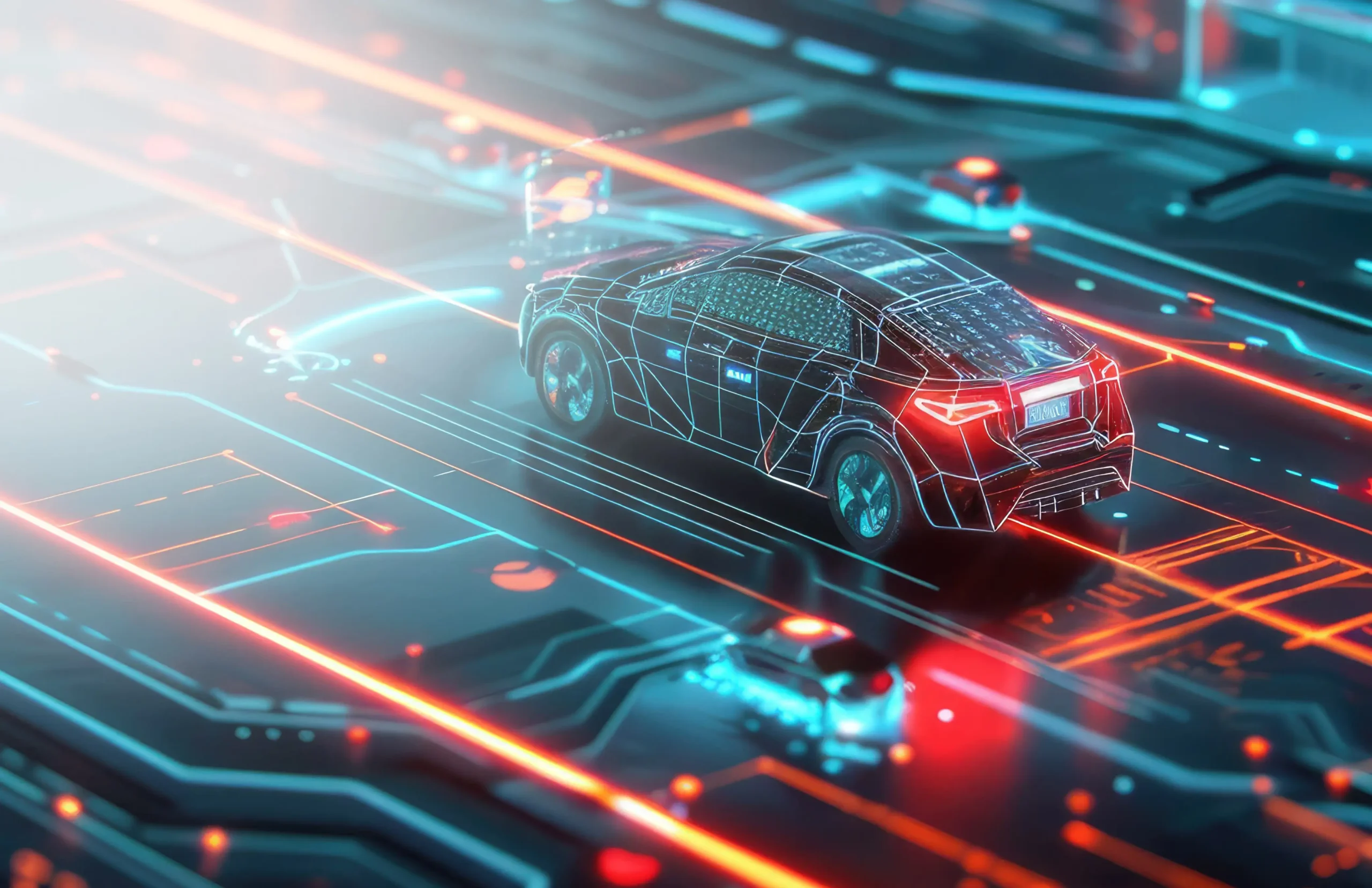In the past, during the desktop PC era, VLSI design’s primary goal was to optimize the speed of the real-time computational functions such as gaming, video compressing, and graphics. Due to that, we now have semiconductor ICs that can integrate various graphical processing units and signal processing modules that have the ability to fulfill our demands for entertainment and computation. While these design efforts have achieved the real-time computation power, they have not addressed the increasing need of portable devices such as mobile phones that are capable enough to carry the same complex operations without consuming as much power.
The rising demand for portable and even wearable electronic devices for communication, computing, and entertainment has necessitated longer battery life, lower power consumption, and lesser device weight. Considering this, there seems a need to develop a solution that can make use of low voltage and low power design techniques. Now that power consumption is also considered as an important criterion in VLSI design, the design space might get expanded, thus adding to the complexity of the already significant tasks. In order to create an ideal solution for this problem, ‘low power design’ has to be considered as a crucial factor.
Power Dissipation in VLSI
Today’s consumers want a device that is packed with all the state-of-the-art features at a reasonably low price. They need mobile devices and applications that deliver the same level of efficiency as their non-mobile counterparts, without compromising the battery life. If we analyze the top features that consumers ask for in a smartphone, about 70% of users want a long talk and standby time. They want sleeker mobile phones, which might require high levels of silicon integration used for advanced processes; however, these processes have higher power dissipation, which further results in increased temperature.
Power dissipation can be defined as the product of total current supplied to the circuit and the total voltage loss or leakage current. When it comes to portability of devices, power dissipation is an unavoidable constraint.
Why does Power Consumption matter so much in SoCs?
Power management is important in System on Chip because of the following reasons:
- Costs associated with packaging and cooling
- Standby time and battery life
- Digital noise immunity
- Environmental concerns
Types of Power Dissipation
In the circuits, power dissipation can be categorized into the following types:
Static power dissipation: The power dissipation occurs in the form of leakage current when the system is not powered or is in standby mode. In circuits, there are several sources of leakage current including subthreshold leakage, diode leakages around transistors and n-wells, tunnel currents, gate leakage, etc.
Dynamic power dissipation: Logic transitions cause logic gates to charge and discharge load capacitance. In other words, this type of power dissipation occurs due to switching activities of transistors.
Minimizing Power Dissipation with Low Power Design
Several measures can be taken by VLSI companies to reduce the power dissipation. Some of the ways in which low power design can be implemented are discussed below:
Reduce supply voltage
Reducing voltage can prove to be an effective way to reduce power consumption. Without needing any special technologies or circuits, a factor of two reductions in the supply voltage can result in a factor of four reductions in the power consumption. However, the performance is also reduced by reducing the supply voltage, which can be avoided by scaling down the threshold voltage.
Physical capacitance
The dynamic power consumption of the circuit directly depends on the physical capacitance being switched. So, over and above reducing voltage, reducing capacitance can be another way to achieve lower dissipation.
Design process
Low power VLSI can be achieved by optimization at numerous levels of the design process starting from the system and algorithmic levels to circuit and layout levels.
System level
Partitioning and power down
Algorithm level
Complexity, regularity, and concurrency
Architecture level
Parallelism, redundancy, pipelining, and data encoding
Circuit level (logic)
Energy recovery, logic styles, and transistor sizing
Technology level
Threshold reduction and multi-threshold devices
Current Trends
As electronic devices become smaller, more powerful, and ubiquitous, managing power dissipation in VLSI circuits has become a top priority. The challenge is clear: how can we create high-performance System-on-Chip (SoC) designs while minimizing power consumption?
01. Subthreshold Voltage Operation
Trend: Operating VLSI circuits at subthreshold voltage levels, where transistor leakage currents dominate.
Impact: This approach drastically reduces static power consumption, making it ideal for low-power applications like IoT devices.
Advancements: Advanced techniques, such as near-threshold computing, enable more reliable operation at these low voltage levels.
02. Dynamic Voltage and Frequency Scaling (DVFS)
Trend: DVFS techniques to vary the supply voltage and clock frequency dynamically.
Impact: DVFS optimizes power consumption by adjusting performance based on workload requirements.
Advancements: Real-time monitoring and control algorithms improve energy efficiency in DVFS.
03. FinFET and Beyond
Trend: The adoption of FinFET and emerging transistor technologies.
Impact: FinFETs offer lower power consumption compared to traditional planar transistors.
Advancements: Researchers are exploring nanowire and nanosheet transistors to further enhance performance and reduce power.
04. Advanced Process Nodes
Trend: Migration to advanced semiconductor manufacturing nodes, such as 7nm and 5nm.
Impact: Smaller process nodes offer better power efficiency and performance.
Advancements: Extreme ultraviolet (EUV) lithography is enabling even smaller nodes, pushing the boundaries of Moore’s Law.
05. Heterogeneous Integration
Trend: Combining different types of processing units, such as CPUs, GPUs, and accelerators, on a single chip.
Impact: Optimizing power-hungry tasks by offloading to hardware.
Advancements: The development of chiplet-based designs and advanced interconnect technologies streamlines heterogeneous integration.
06. AI-Driven Power Management
Trend: Leveraging artificial intelligence (AI) for intelligent power management.
Impact: AI algorithms can predict workload patterns and adjust power profiles in real-time.
Advancements: Reinforcement learning and neural network-based power management systems are becoming more sophisticated.
07. Low-Power Memory Technologies
Trend: Adoption of low-power memory technologies like resistive RAM (RRAM) and spin-transfer torque magnetic RAM (STT-MRAM).
Impact: These technologies reduce power consumption in memory-intensive tasks.
Advancements: Integration of non-volatile memories into CPU caches for better power efficiency.
08. Advanced Packaging Solutions
Trend: Innovations in chip packaging, such as 2.5D and 3D stacking.
Impact: Compact and efficient packaging reduces power losses in data transmission.
Advancements: Through-silicon vias (TSVs) and chiplet-based designs enable high-bandwidth, low-power interconnects.
09. Energy Harvesting
Trend: Harnessing energy from the environment to power IoT devices.
Impact: IoT sensors and devices can operate without the battery replacement.
Advancements: Integration of energy harvesting technologies like solar cells and piezoelectric generators into VLSI designs.
10. Security-Aware Power Management
Trend: Power management strategies that consider security implications.
Impact: Protecting against side-channel attacks and secure boot processes while optimizing power consumption.
Advancements: Hardware-based security modules integrated into VLSI chips for enhanced protection.
A Low-Power, High-Performance Future The trends in power dissipation in VLSI are driven by the need for energy-efficient devices in a wide range of applications, from mobile devices and wearables to edge computing and IoT. As the industry continues to push the boundaries of chip design, the convergence of low-power strategies with high-performance goals will define the future of VLSI. By staying at the forefront of these trends, chip designers and manufacturers can create the next generation of energy-efficient, high-performance SoCs that power our interconnected world.
Wrapping Up
With a growing number of handheld devices, every one of us wants to own a device that is powerful, compact, and power efficient. This is the reason why chip designers are moving to low geometry design, working on smaller and smarter chips.
Over the time, eInfochips has delivered RTL to GDSII service to many of its clients for successful Silicon tapeouts. We were the first engineering services company to tapeout multiple 16nm System on Chips and now we are working on 10nm and 7nm technology nodes. These SoCs are packed with 300 million to 500 million gates (~25*25 mm) and are developed with a focus on reducing power consumption. If you wish to get your hands on these low geometry chip designs, get in touch with us.













